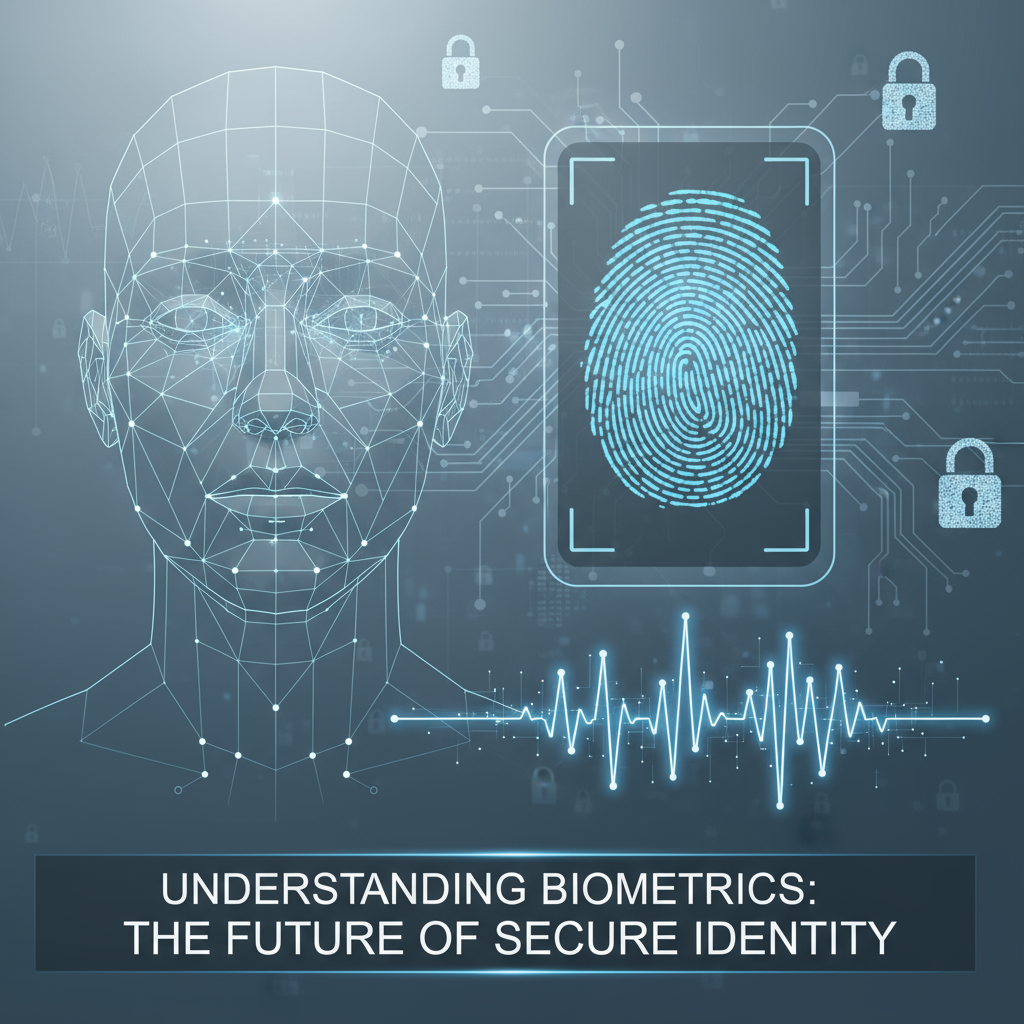The financial sector is under constant attack from fraudsters. Identity theft, phishing, and data breaches have made it harder than ever to protect both banks and their customers. Traditional methods such as passwords, PINs, and security questions are proving insufficient in today’s digital-first world.
This is where biometric facial recognition steps in as a revolutionary solution. By using unique human features instead of static credentials, banks can create stronger and more reliable security systems. Moving beyond passwords into biometrics is no longer just an option—it’s becoming a necessity.
The Limitations of Traditional Banking Security
For decades, banks have relied on security layers such as passwords, PINs, and one-time passcodes (OTPs). While these methods once provided a reasonable defense, today they are riddled with vulnerabilities:
- Hacking: Passwords are often stolen through brute force attacks or database leaks.
- Phishing: Fraudsters trick customers into revealing login details via emails, calls, or fake websites.
- Social engineering: Attackers exploit human error and psychological manipulation to gain access.
- Man-in-the-middle attacks: Intercepting communication between users and banks to steal sensitive data.
The financial cost of fraud is staggering. According to industry reports, banks lose billions annually due to compromised authentication systems, while customers face disrupted access, financial losses, and diminished trust.
How Biometric Facial Recognition Enhances Security
Facial recognition transforms banking authentication by focusing on “who you are” rather than “what you know.”
- Identity-based authentication: Unlike passwords, your face cannot be forgotten or easily shared.
- Multi-factor authentication (MFA): When combined with device possession (like a smartphone), facial recognition adds an extra layer of security.
- Convenience meets security: Customers can log in or verify transactions in seconds without typing long passwords or waiting for OTPs.
This blend of ease and safety makes biometric facial recognition a powerful tool for modern banking.
Advanced Features for Fraud Prevention
One of the most important aspects of facial recognition in banking is liveness detection. This prevents fraudsters from bypassing systems using photos, videos, or even 3D masks.
Some key use cases include:
- Preventing fake account openings by verifying identities against government databases.
- Stopping unauthorized logins with robust anti-spoofing technology.
- Combining biometrics such as facial recognition with fingerprints or voice for layered security.
Together, these advanced features drastically reduce the chances of fraudulent access.
Implementation in Banking Environments
Banks have multiple ways to adopt facial recognition technology:
- Software Development Kits (SDKs) and APIs: Enable easy integration into existing banking platforms.
- Biometrics-as-a-Service (BaaS): Cloud-based solutions that lower the barrier to entry.
- On-device storage: Biometric data stored locally on smartphones ensures privacy and compliance with regulations like GDPR.
- Integration points: From mobile banking apps to ATMs and branch security systems, facial recognition strengthens access at every level.
This flexibility allows banks to adopt the technology at their own pace while ensuring security and customer trust.
Real-World Use Cases and Benefits
Biometric facial recognition is already reshaping banking experiences worldwide. Some practical applications include:
- Customer onboarding: Banks can perform instant Know Your Customer (KYC) checks using biometric identity verification.
- Transaction approvals: High-value transfers can require facial authentication for an extra layer of security.
- Employee access control: Restricting sensitive areas within branches or data centers to verified staff.
- Enhanced user experience: Customers enjoy faster, frictionless interactions while banks meet strict compliance requirements.
By reducing fraud and improving convenience, biometrics benefit both banks and customers alike.
Challenges and Considerations
Despite its advantages, biometric facial recognition is not without challenges:
- Privacy concerns: Customers may worry about how their biometric data is stored and used.
- Regulatory compliance: Different regions enforce strict rules on data storage and processing.
- Data breaches: Unlike passwords, biometrics cannot be reset, making protection critical.
- Technical risks: Deepfake technology poses new threats, requiring constant improvements in anti-spoofing methods.
Banks must address these issues transparently to build and maintain customer trust.
The Future of Banking Security
The future of banking security lies in continuous innovation. Emerging trends include:
- Growing adoption rates: More banks are investing in biometrics as fraud levels rise.
- AI-powered biometrics: Artificial intelligence strengthens facial recognition accuracy and fraud detection.
- Multi-modal biometrics: Combining face, fingerprint, and voice recognition for near-impenetrable authentication.
- Continuous authentication: Monitoring identity throughout the customer session, not just at login.
These advancements will push banking security to new heights.
Conclusion
Biometric facial recognition is redefining how banks secure identities and prevent fraud. By moving beyond outdated methods like passwords and PINs, financial institutions can offer safer, faster, and more user-friendly services.
Yes, challenges remain—privacy concerns, regulations, and emerging threats like deepfakes—but with robust implementation, biometrics can deliver future-proof security.
For banks, adopting advanced biometric systems is no longer optional—it’s the key to staying ahead of fraud and delivering the secure banking experience that modern customers demand.




